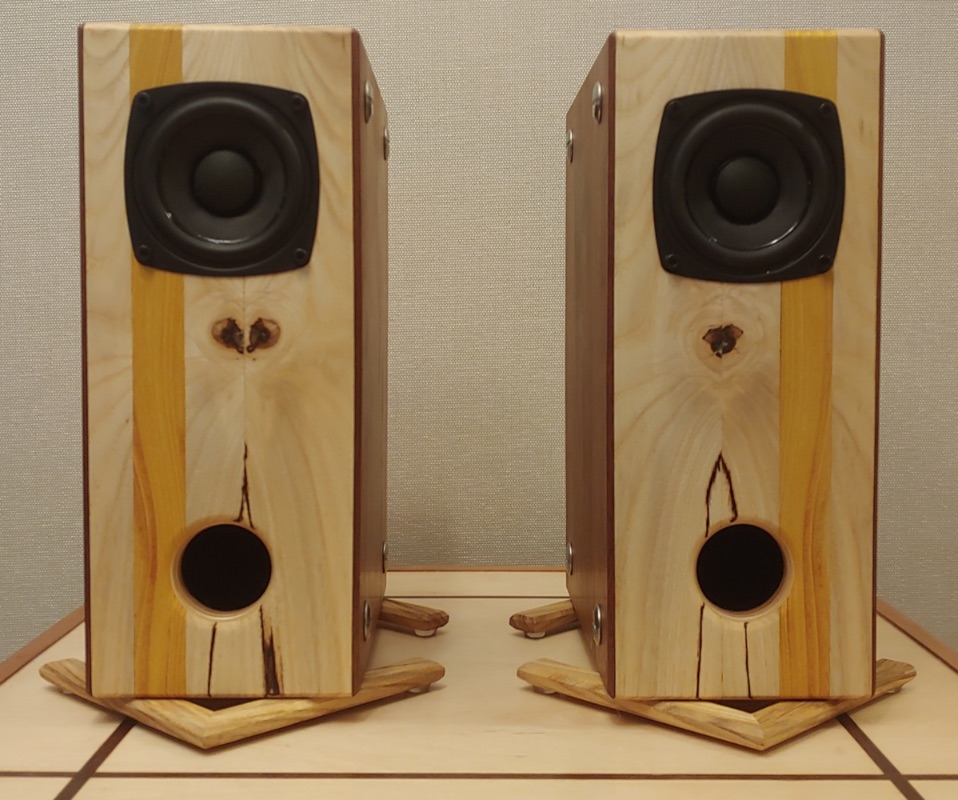
1st Impressions
Designer:
Rob W.
Project Category:
Bookshelf Speakers
Project Level:
Intermediate
Project Time:
8-20 Hours
Project Cost:
$100 – $500
Project Description:
The 1st impressions are a full range bookshelf speaker designed for low to moderate listening in an individual office. With moderate efficiency they can be driven by a simple TPA3116v2 digital amplifier.
Design Goals:
Create a small stylish speaker that provided enough frequency response that a separate powered woofer would not be necessary for background music listening in my office. These speakers should provide relatively flat response, at an economical price, while still being “fun” to listen to. While they are near field speakers, they need to provide a wide enough sound stage to be satisfying to listen to during personal lunches, or after hours working sessions.
Driver Selection:
I chose the PC83-4 for several reasons. The first was that its specifications showed it could go down to about 60hz in a ported 0.12 cu ft box. This meant that for most background music it would play deep enough. Second, it showed flat response up to about 10kz with a tamable rise from 10khz to about 18khz. Third, it was fairly inexpensive at only $11.50. Finally, I had used it in a Bluetooth speaker (with no crossover) for our bathroom, and was pretty happy with the performance there.
Enclosure Design:
Using software I found a .12 cu ft box with a port 1.5″ by 6″ long provided the response I desired. I went with a narrow, 4.5″ wide, cabinet that was 8 7/8″ deep. This gave me enough room for a port with no bend, and a taller look which also got the driver further away from the desktop to minimize early reflections as much as possible.
Enclosure Assembly:
The enclosure was built from 1/2″ baltic birch plywood. The sides were veneered with Walnut that was resawn down to 1/8″ thick and the baffle and top were veneered with Spalted Hackberry and Orange Osage, both resawn down to 1/8″ thick. The enclosure was assembled using glue, with the exception of the right side panel. This panel is attached to the cabinet using 1/4″ 20 threaded inserts and 1″ long 1/4″ 20 stainless steel hurricane bolts. Both the recessed binding post area, and the driver hole were cut with a 3″ hole saw.
Crossover Design:
The cross over consists of a baffle step compensation and two notch filters. The first notch filter brings down a peak at 1khzto smooth out response, and the second brings down the rising response at 10khz to about 19khz.
Conclusion:
These have not yet made it to my office as I built them on vacation. However, I have been listening to them in my main system and am quite happy with their performance so far. They do produce bass down to about 60hz. It is not authoritative bass, nor is their any real extension below that. But, given that they are 3″ drivers, I think they are doing quite well. As with any driver this size, they could benefit from a tweeter and a woofer, but that would have increased the cost well beyond what I wanted to spend on these.
About the Designer:
Just a guy who enjoys building speakers, woodworking, and listening to music.
Project Parts List:

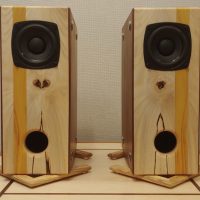
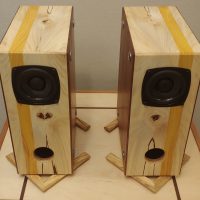
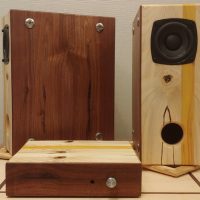
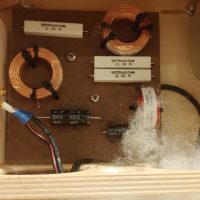
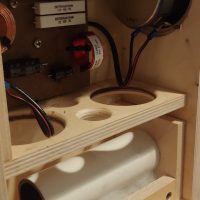
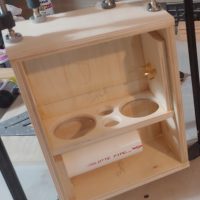
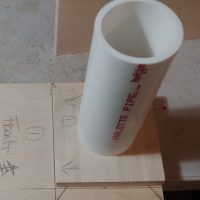
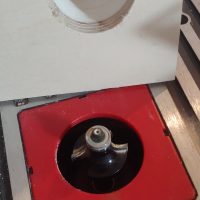
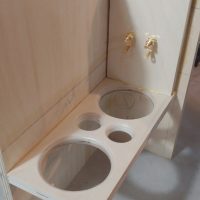
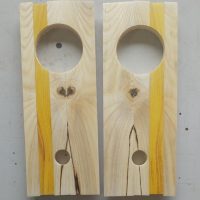
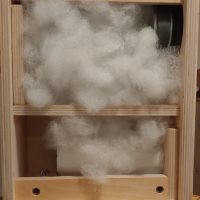
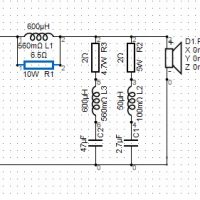
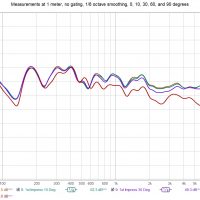
Very nice! 60hz is plenty for most music.
Thank you! After having them in the office for a couple of months, I can say I am quite happy with them and several of my coworkers are a little jealous 😀
Congratulations on getting this into the catalog!
Thank you!